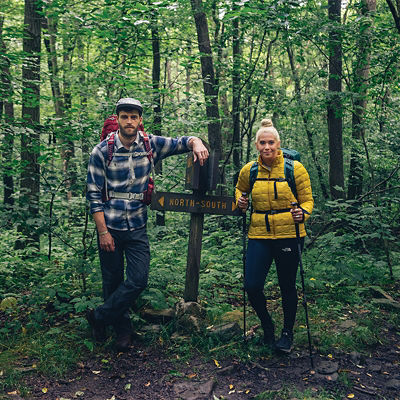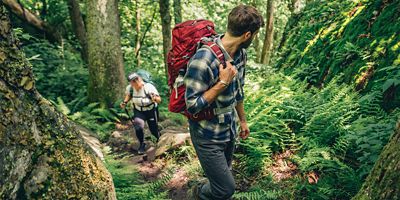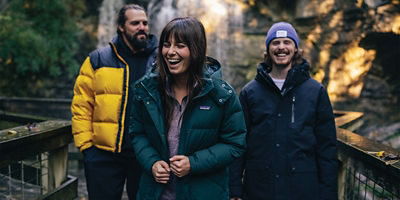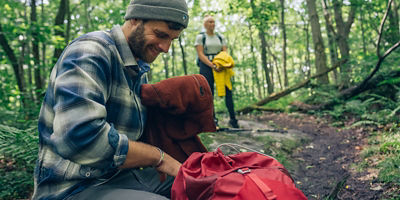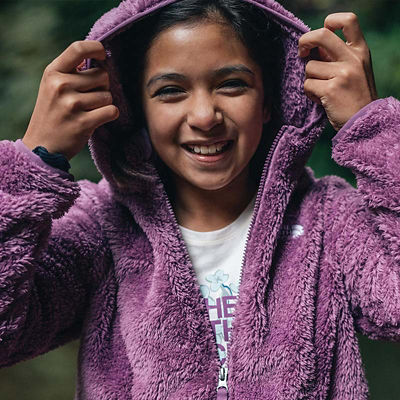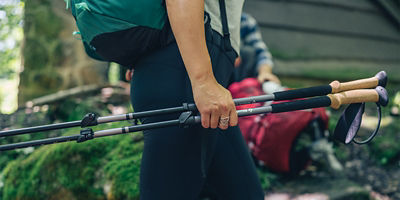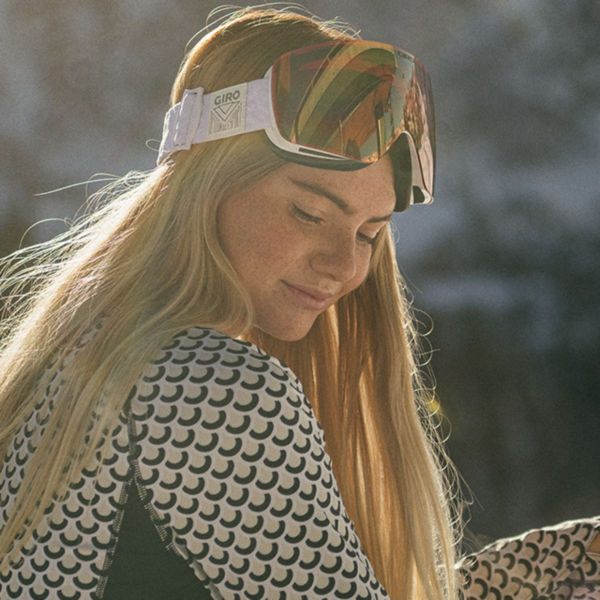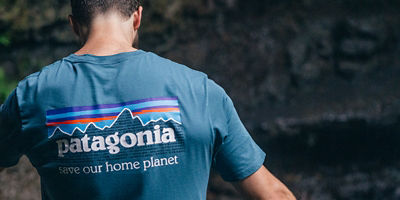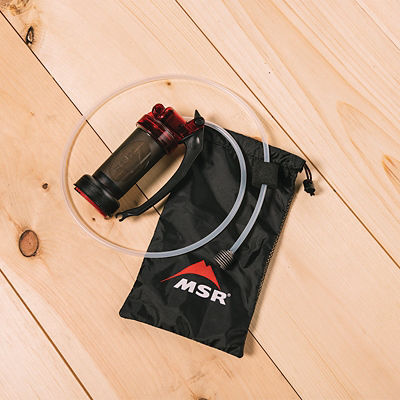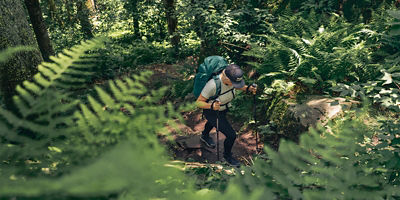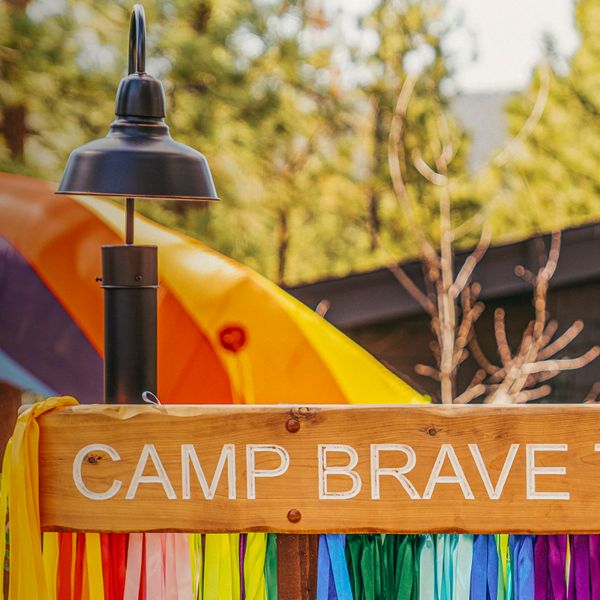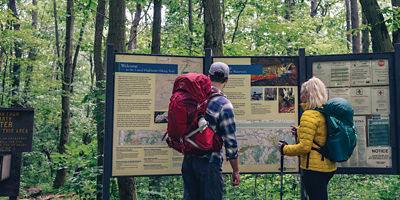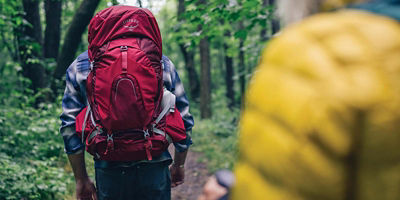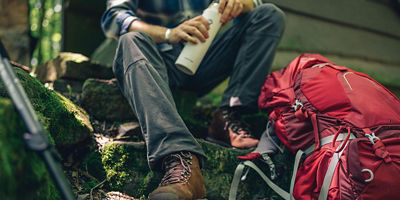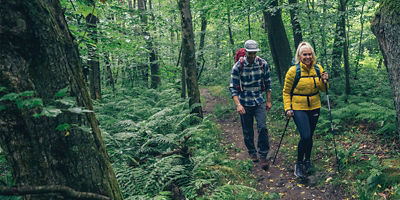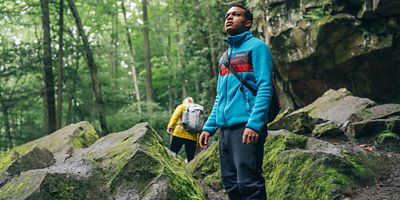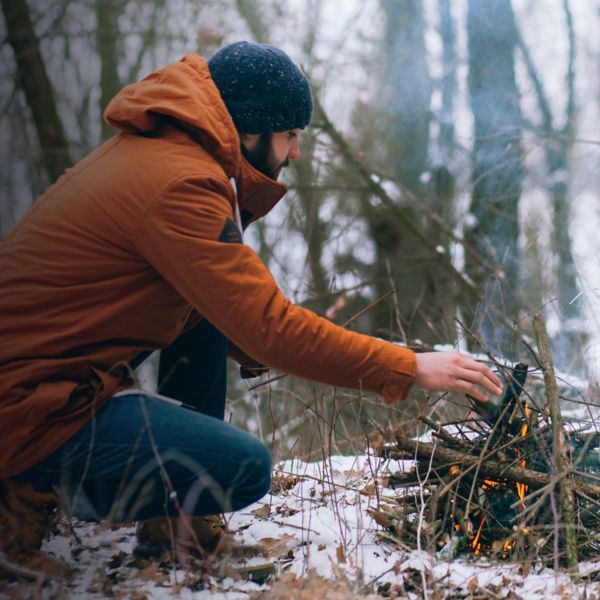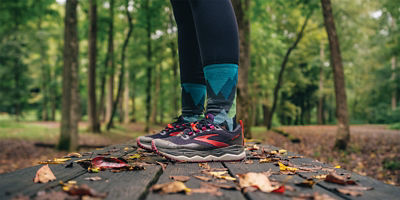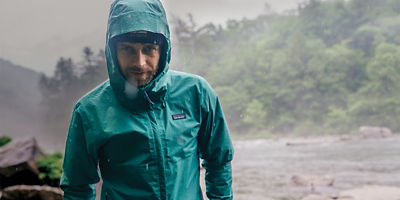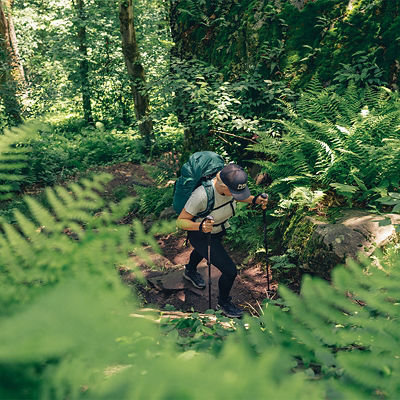Cutting weight is one thing all backpackers can agree on: A lighter load reduces stress on your joints, makes hiking easier and more enjoyable, and enables you to go farther or faster or both. Whether you’re hiking a long trail or just out for the weekend, an ultralight pack can make any trek better.
But ultralight means different things to different people. For some, going too light undermines their comfort and security. For others, cutting every single gram they can is all that matters. To find the right pack for you, consider factors like comfort, capacity, durability, and price. Use this guide to get started.
Ask Yourself These Questions
How far will I hike?
If you’re planning a thru-hike, with months of 25-mile days, the lighter the better. But if you’ll mostly be hiking for a few days at a time, with more moderate mileage, you might prefer a pack that balances low weight with support, durability, capacity, and features.
How big is my load?
Depending on the rest of your gear, the weather, and the amount of food and water you need to carry, you might want a larger or smaller pack. Overloading a pack occasionally is fine, but it stresses the pack’s seams and zippers, and undermines comfort.
How important is durability?
In general, the lightest packs use ultralight fabrics and materials that won’t hold up to bushwhacking and other serious trail abuse.
What’s my budget?
Costly fabrics can drive up the price of the lightest packs. The most expensive fabrics (like Dyneema) are actually super strong, so it’s possible to have a pack that’s both ultralight and durable—for a price.
Have I upgraded the rest of my kit?
It’s actually better to buy an ultralight pack last, after you’ve cut weight everywhere else. That way you know you’re getting a pack that has the right size and support for what you’ll really carry.







